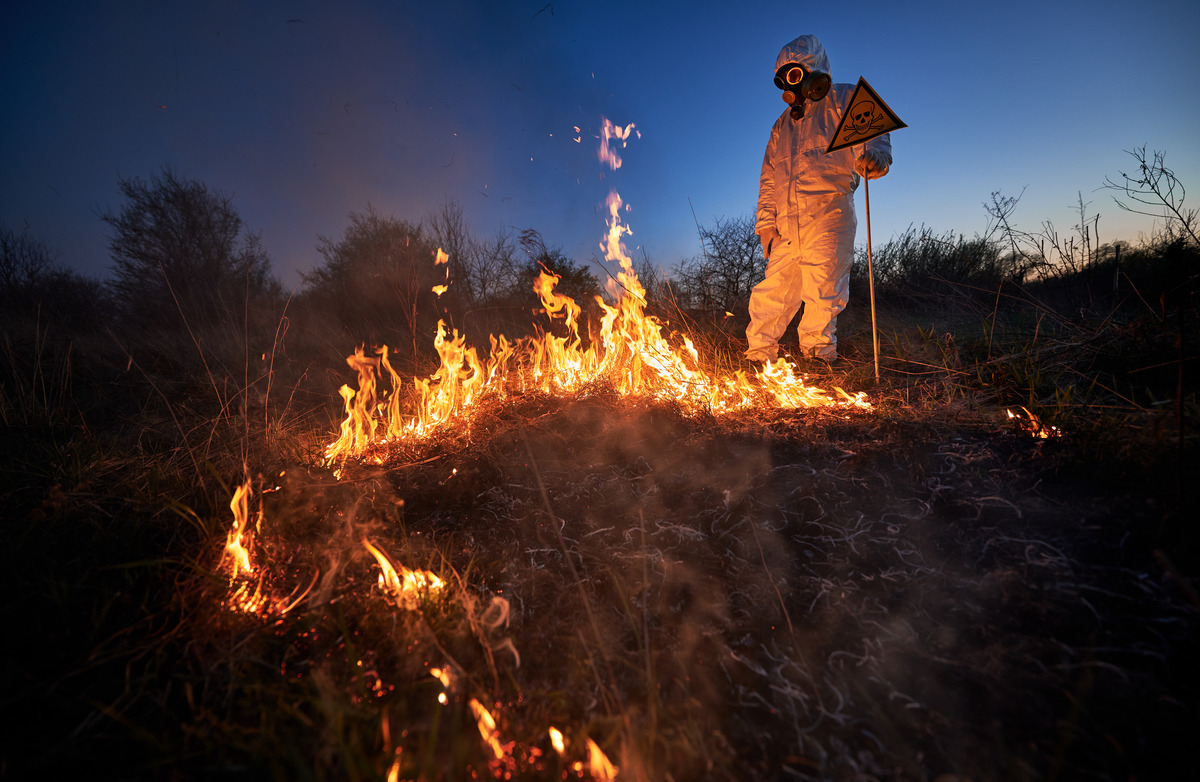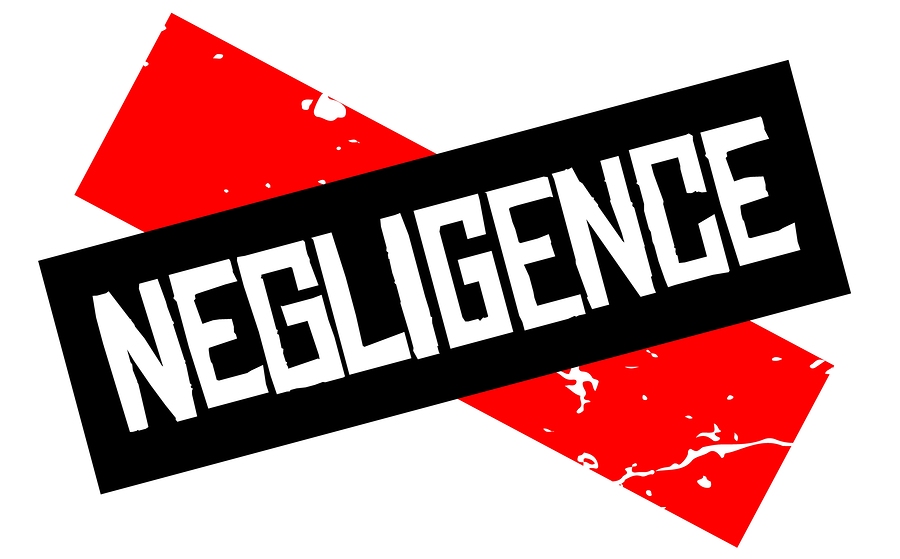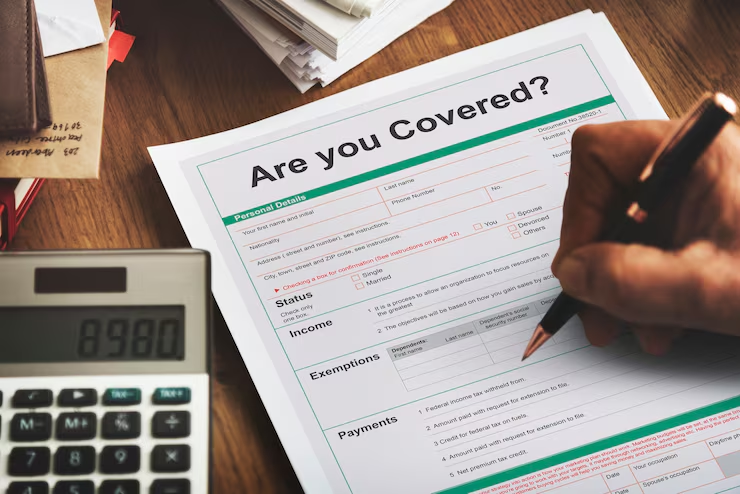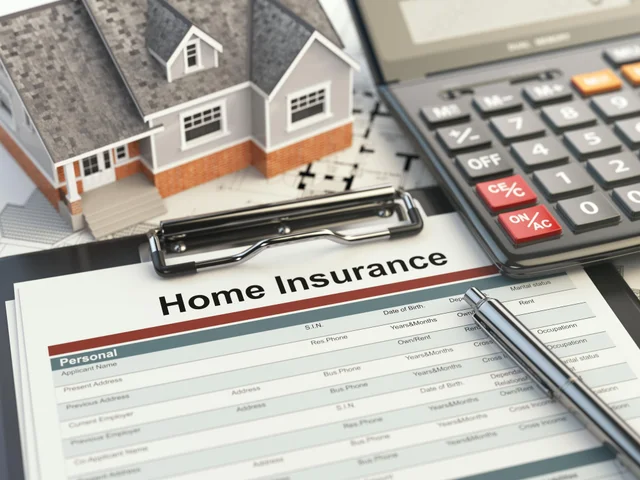Does Homeowners Insurance Cover Wildfire? Understanding Your Coverage
Wildfires are no longer rare, seasonal events. They’ve become a year-round threat for millions of Americans, fueled by hotter temperatures, prolonged droughts, and strong winds. For homeowners, the devastation can be catastrophic both financially and emotionally. Amid such destruction, one pressing question often comes up: Does homeowners’ insurance cover wildfire?
In most cases, the answer is yes, but that “yes” comes with essential conditions, limits, and sometimes hidden gaps that can leave you exposed.
This article will break down everything you need to know about wildfire coverage in a standard homeowners insurance policy. We’ll cover what’s included, what’s excluded, how to make claims, and proactive steps to protect your property, plus five common wildfire coverage questions answered in detail.
Table of Contents:
- Understanding Wildfire Risks in the U.S.
- Does Homeowners Insurance Cover Wildfire?
- Core Components of Wildfire Coverage
- What’s Not Covered by Homeowners Insurance
- 5 Common Questions About Wildfire Coverage
- How Wildfire Claims Work
- Real-Life Examples: How Policies Respond to Wildfires
- Steps to Take After Wildfire Damage
- How to Prepare Before Wildfire Season
- Legal and Financial Considerations in High-Risk Zones
- Final Thoughts and Eaton Fire Call to Action
Understanding Wildfire Risks in the U.S.
Wildfires are among the most destructive natural disasters in the United States, causing billions of dollars in losses each year. The National Interagency Fire Center (NIFC) reports that over 70,000 wildfires occur annually, consuming millions of acres.
The states most at risk include:
- California has seen some of the most expensive and deadly wildfires in U.S. history.
- Texas – Large rural areas and unpredictable weather increase wildfire spread.
- Colorado – Dense forests, high winds, and dry summers create dangerous conditions.
- Oregon & Washington – Warmer, drier summers have led to longer fire seasons.
- Arizona & Nevada – Desert vegetation burns quickly in dry, windy conditions.
Key risk factors for wildfire damage include:
- Proximity to wildland (forest, brush, grassland)
- Prevailing winds that can carry embers for miles
- Building materials that are not fire-resistant
- Vegetation density near the home
Does Homeowners Insurance Cover Wildfire?
In most situations, yes, standard homeowners’ insurance policies do cover wildfire damage. Wildfires are generally treated as a “covered peril” under two main types of policies: named perils and all-risk (or open-peril) coverage.
But here’s the catch: the level of protection you get can vary a lot depending on your policy type, where you live, and what your state’s insurance regulations allow.

- HO-3 Policies (Special Form) – These are the most common for single-family homes.
- Covers wildfire damage to the structure of your home (dwelling coverage) and your personal property (like furniture, clothing, and electronics).
- For the home itself, it works on an open-peril basis, meaning all causes of damage are covered unless specifically excluded.
- For personal property, coverage is named perils only; wildfire has to be listed as one of those covered events (and it almost always is).
- Example: If a wildfire damages your roof and destroys your couch, the HO-3 would typically cover both, though your couch claim is covered because fire is a listed peril.
- HO-5 Policies (Comprehensive Form) – Broader coverage, often for newer or higher-value homes.
- Covers both the dwelling and personal property on an open-peril basis.
- This means wildfire is covered unless the policy explicitly says otherwise.
- Often comes with higher personal property limits and fewer restrictions on what is covered.
- Example: Even if wildfire smoke damages your expensive electronics, an HO-5 policy is more likely to cover full replacement cost without depreciation.
When Extra Coverage May Be Required
If you live in a wildfire-prone state like California, Colorado, or Oregon, insurers may see your home as a higher risk and adjust their offerings accordingly:
- They might require a wildfire-specific endorsement (an add-on to your policy) to ensure coverage.
- They could cap your coverage limit unless you agree to pay a higher premium.
- Some insurers even raise deductibles specifically for wildfire-related claims.
In recent years, the growing frequency and intensity of wildfires have made some insurers pull back from offering coverage in high-risk areas. This is why you may hear about:
- Non-Renewals: The insurer chooses not to renew your policy when it expires, citing wildfire risk.
- Premium Spikes: Your annual cost can jump significantly after large wildfire seasons.
- Forced Shift to FAIR Plans: In states like California, homeowners who can’t get coverage from a private insurer can turn to state-run FAIR Plans (Fair Access to Insurance Requirements).
FAIR Plans are designed as a last resort. They:
- Provide basic fire insurance coverage (including wildfire).
- Typically, these policies do not cover theft, liability, or water damage unless you purchase supplemental policies.
- Have lower coverage limits, which can leave you underinsured if you have a total loss.
If your home is worth $500,000 but the FAIR Plan limit is $300,000, you’d need an additional “wraparound” policy to close the gap. Without it, you could be left paying the rest out of pocket.
Bottom Line on Wildfire Coverage in Homeowners Policies
While most homeowners’ insurance policies do cover wildfire damage, the details matter more than ever, especially if you live in a state or county that’s considered a wildfire hotspot. Your exact protection will depend on:
- Policy type (HO-3 vs. HO-5)
- Endorsements or exclusions in your contract
- State insurance rules
- Your property’s risk classification
Core Components of Wildfire Coverage
When you ask, “Does homeowners’ insurance cover wildfire?”, it’s essential to understand the main areas of protection included in most policies.
Pays for the cost to repair or rebuild your home after wildfire damage.
- Replacement Cost Coverage: Covers rebuilding at current market prices, not factoring in depreciation.
- Actual Cash Value: Deducts depreciation, potentially leaving you with a funding gap.
Example: If your home is destroyed and the rebuild cost is $500,000, but your coverage limit is $400,000, you’ll need to pay the $100,000 difference unless you have an extended replacement cost rider.
2. Other Structures Coverage
Covers detached structures like garages, sheds, gazebos, and fences, usually 10% of the dwelling limit.
Tip: If you have multiple large detached buildings, ask your insurer about increasing this limit.
Reimburses for damaged or destroyed belongings inside the home, such as furniture, appliances, clothing, and electronics.
- Actual Cash Value: Pays the depreciated value.
- Replacement Cost: Pays the current retail price for a new equivalent item.
Pro homeowner move: Keep a digital inventory of photos, videos, and receipts in cloud storage for easier claims.
4. Loss of Use / Additional Living Expenses (ALE)
Pays for costs when you can’t live in your home due to fire damage.
Includes:
- Hotel or rental housing
- Extra food expenses
- Laundry costs
- Pet boarding fees
5. Liability Protection
What’s Not Covered by Homeowners Insurance
Even if your homeowners’ policy includes wildfire protection, there can be hidden gaps, limitations, and exclusions that could leave you with significant out-of-pocket costs. Many homeowners don’t discover these issues until after a fire, when it’s too late to fix them.
Below are the most common areas where wildfire coverage can fall short, along with examples to help you spot these risks in your policy.
1. Negligence

- Ignoring defensible space requirements (e.g., not clearing flammable brush within 30–100 feet of your home).
- Storing firewood against your exterior walls.
- Allowing gutters to fill with dry leaves and pine needles.
- Failing to repair broken fire-resistant vents or screens.
You live in a California wildfire zone, and your city mandates a 100-foot defensible space. You never clear dry weeds or overgrown shrubs around your property. A wildfire spreads to your home, and investigators note that poor property maintenance contributed to the fire’s intensity. Your insurer may reduce or deny the payout.
Pro Tip: Check your local fire code and follow it to the letter. Keep dated photos of your yard maintenance in case you ever need to prove you took precautions.
2. Business Equipment
Standard homeowners’ insurance limits coverage for business-related property. If you work from home and keep valuable equipment there, you may not be fully protected without an endorsement or separate business policy.
- Most policies limit business property coverage to $2,500 on-site and $500 off-site.
- Specialized or expensive equipment (like servers, photography gear, or industrial tools) can easily exceed this limit.
You’re a freelance graphic designer, and your home office includes $8,000 worth of computers, monitors, and printing equipment. A wildfire destroys your home. Your insurer only covers $2,500 for that equipment unless you purchased extra coverage.
Pro Tip: If your work-from-home setup is worth more than $2,500, talk to your insurer about a home business endorsement or a separate business owner’s policy (BOP).
3. Coverage Caps in High-Risk Zones
If you live in a wildfire-prone area, your insurer may cap the amount they’ll pay out for fire-related damage, unless you purchase higher limits.
Insurers use risk maps to identify wildfire-prone areas. If your home is located in a high-risk zone, they may:
- Offer only partial coverage for fire-related losses.
- Require a higher deductible for wildfire claims.
- Reduce total dwelling coverage for wildfire damage compared to other perils.
Your home is worth $500,000, but your insurer’s wildfire payout cap is $300,000 for your zip code. If you have a total loss, you’ll have to cover the $200,000 shortfall yourself.
Pro Tip: Ask your insurer if your wildfire coverage is capped and, if so, what it would cost to raise that cap.
4. Smoke Damage Gaps
Not all wildfire damage involves direct flames. Smoke can seep into walls, insulation, furniture, and HVAC systems, causing long-term odor, staining, and health hazards.
Some insurers limit or exclude coverage for smoke-only damage if there’s no visible fire damage to your property. Others may treat smoke damage as a secondary peril with lower payout limits.
A wildfire burns 15 miles from your home, but prevailing winds blow thick smoke your way for days. Your walls are stained, your carpet smells of smoke, and your HVAC system is contaminated. The insurer may argue that because there was no direct fire, your claim falls under smoke-damage exclusions or sub-limits.
Pro Tip: Check your policy’s definition of “covered loss” and see if smoke is included as a stand-alone peril. If it isn’t, ask about adding smoke damage coverage.
5. Old Coverage Limits
Construction costs have skyrocketed in recent years due to inflation, supply chain issues, and increased demand for materials after natural disasters. If you haven’t reviewed your coverage in the past few years, your policy may not cover the full cost to rebuild.
Five years ago, your home’s replacement cost was estimated at $350,000, so you set your dwelling coverage accordingly. After a wildfire, you discover the actual rebuild cost is now $500,000 due to rising labor and materials costs. You’re short $150,000, all of which you must pay out of pocket.
- Pro Tip: Request an annual replacement cost estimate from your insurer or an independent appraiser to make sure your coverage matches today’s rebuilding costs. Consider adding extended replacement cost coverage for an extra buffer.
5 Common Questions About Wildfire Coverage
Yes, but only up to your dwelling coverage limit. If your home costs more to rebuild than your limit allows, you’ll need to cover the shortfall unless you have extended or guaranteed replacement cost coverage.
2. Will my policy pay for me to live elsewhere while my home is repaired?
Yes, through Loss of Use/ALE coverage. This can include hotel bills, restaurant meals, and other necessary expenses.
3. Does homeowners’ insurance cover wildfire damage to vehicles?
No. You’ll need comprehensive auto insurance for that.
4. Can my insurer drop me because I live in a wildfire-prone area?
Yes. Many homeowners in California and Colorado have faced policy non-renewals, pushing them toward FAIR Plans.
5. Does homeowners’ insurance cover wildfire smoke damage?
How Wildfire Claims Work

- Immediate Notification – Call your insurer right away.
- Assignment of Adjuster – An adjuster will be assigned to your case.
- Damage Assessment – Photos, drone imagery, or in-person inspections.
- Proof of Loss Submission – You’ll provide documentation of what was damaged.
- Settlement Offer – The insurer makes an offer based on policy terms.
- Appeal or Negotiation – You can dispute the amount if it’s too low.
Real-Life Examples: How Policies Respond to Wildfires
- Case 1 – Full Coverage Success: A homeowner in Oregon with an updated HO-5 policy had their $350,000 home destroyed. The insurer paid the full replacement cost plus $40,000 for ALE.
- Case 2 – Underinsurance Gap: A California homeowner insured their home for $300,000, but the rebuild cost post-fire was $450,000. They had to cover $150,000 out of pocket.
- Case 3 – Smoke Damage Denial: A Texas homeowner, 8 miles from a wildfire, filed for smoke damage repair. Their insurer denied the claim because no direct fire damage occurred, highlighting the importance of reviewing fine print.
Steps to Take After Wildfire Damage
- Prioritize Safety – Wait for clearance before re-entry.
- Document Extensively – Take photos of everything, even undamaged items (to prove pre-loss condition).
- Prevent Secondary Damage – Board up windows, use tarps.
- Keep a Claim Log – Record every interaction with your insurer.
- Save All Receipts – For repairs, lodging, food, and more.
How to Prepare Before Wildfire Season
Practical measures:
- Clear brush & vegetation within 30–100 feet of your home.
- Install ember-resistant vents and use non-combustible roofing materials.
- Maintain defensible space as required by local fire codes.
- Keep fire extinguishers in key rooms.
- Prepare “go bags” with essentials and important documents.
Legal and Financial Considerations in High-Risk Zones
If you live in a high-risk wildfire area:
- Review your policy annually to ensure adequate coverage.
- Consider ordinance or law coverage that pays for rebuilding to meet new building codes.
- Know your state’s claim deadlines; some have strict timelines for filing after a disaster.
- Understand that some insurers hold back part of your payout until repairs are completed.
Final Thoughts and Eaton Fire Call to Action
So, does homeowners’ insurance cover wildfire? The answer is usually yes, but with limits, exceptions, and conditions that you need to understand before fire season starts.
Reviewing and updating your coverage today could be the difference between rebuilding your life quickly and facing years of financial hardship.

Wildfires leave devastation, but they don’t have to leave you unprotected. Eaton Fire helps homeowners:
- Review and interpret insurance policies.
- File claims effectively
- Fight unfair claim denials.
- Negotiate for fair settlements.

